I. Basic Principle
The arch detector mainly evaluates the condition of the arch through plantar three-dimensional shape scanning + arch index calculation + (optional) dynamic pressure detection.
Three-dimensional scanning: Using laser/infrared/structured light to collect the three-dimensional shape of the plantar surface, obtaining parameters such as arch height, foot length, and foot width.
Index calculation: Based on the scanning parameters, calculate several commonly used clinical indicators (such as AHI, CSI, SI) to determine the arch type.
Dynamic detection (in some devices): Combined with a pressure plate, analyzing the stretching and contraction of the arch during the gait cycle.
II. Common Indicators and Their Significance
Arch Height Index (AHI)
Lower → Flatfoot
Normal range → Normal arch
Higher → High arch
Formula: Arch height ÷ Foot length
Judgment:
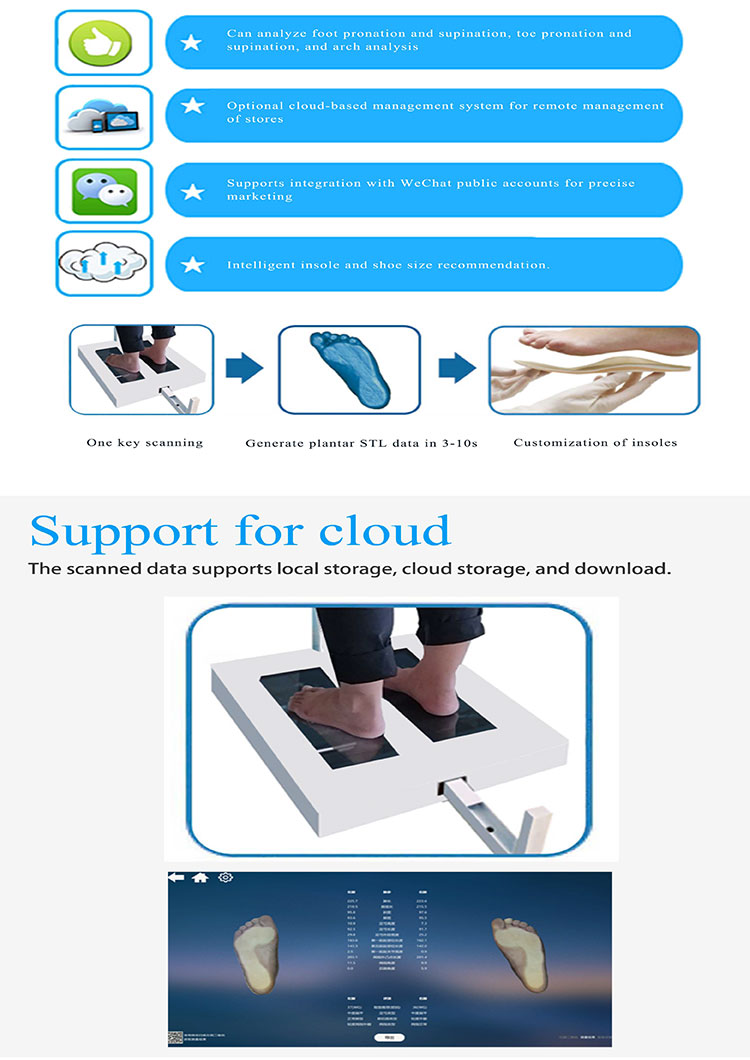
Chippaux-Smirak Index (CSI)
45% → Flatfoot
25%–45% → Normal arch
<25% → High arch
Formula: Narrowest width of midfoot ÷ Maximum width of forefoot × 100%
Judgment:
Staheli Index (SI)
1.15 → Flatfoot
0.89–1.15 → Normal arch
<0.89 → High arch
Formula: Midfoot width ÷ Heel width
Judgment:
III. Detection Process
Static detection
The subject stands on the scanning platform, maintaining a natural upright posture.
The scanner collects three-dimensional plantar data and automatically generates a foot shape model.
The software extracts arch height, arch curvature, and various indices.
Dynamic detection (optional)
The subject walks naturally on a gait platform equipped with pressure sensors.
The device collects plantar pressure distribution and arch deformation during the gait cycle.
Analyze whether there is hidden flatfoot (normal in static condition, but arch collapse during dynamic condition).
IV. Detection Characteristics of Flatfoot and High Arch
Flatfoot
Arch height significantly decreased, AHI low;
CSI and SI significantly increased (the midfoot bearing area widened);
In dynamic detection, arch collapse during the gait cycle is more obvious, often accompanied by foot pronation.
High arch
Arch height significantly increased, AHI high;
CSI and SI values decreased (the midfoot contact area is narrow);
In dynamic detection, arch elasticity is insufficient, shock absorption is poor, and pressure is concentrated on the forefoot and heel.

 +86-0755-86131192
+86-0755-86131192 2025-08-18
2025-08-18 Back to list
Back to list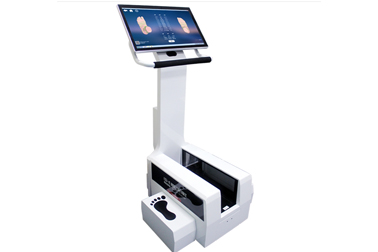
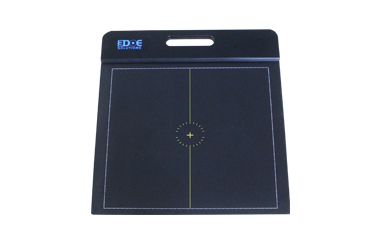
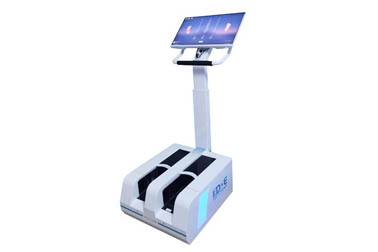
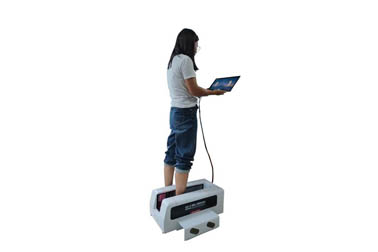
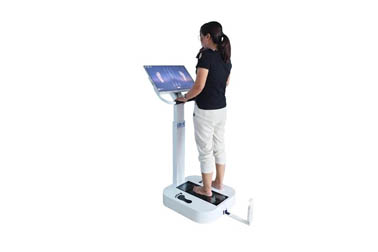
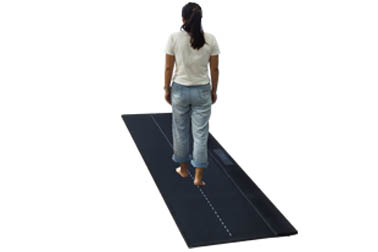



 +86-0755-86131192
+86-0755-86131192